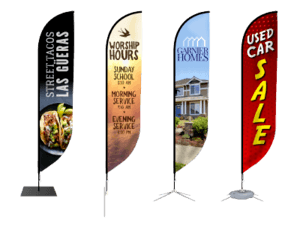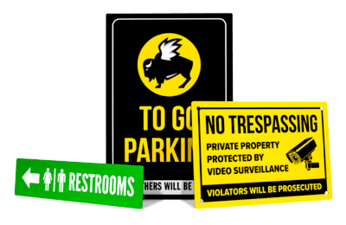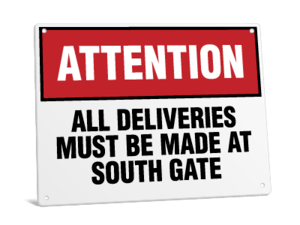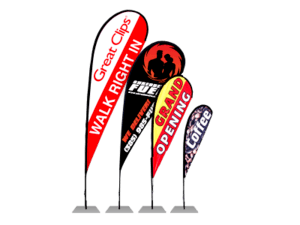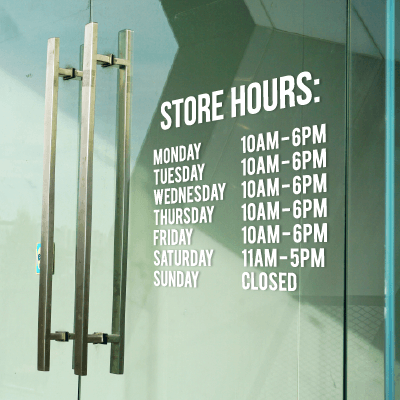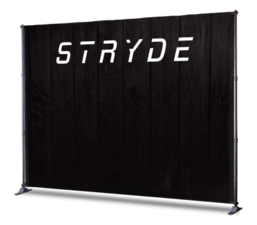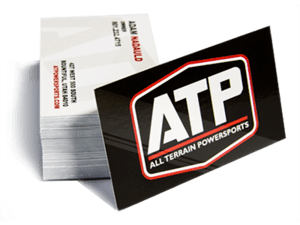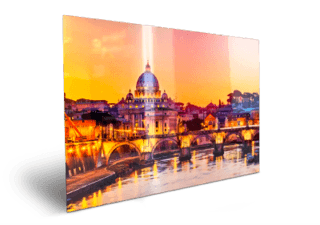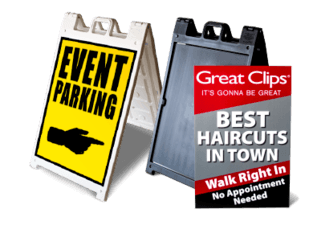Pole banners are a common sight in every city in the world. Wherever you go, you are bound to spot a handful fluttering in the breeze – to welcome tourists, commemorate an event, introduce the characters of an upcoming television series – the list is endless. Like billboards, pole banners are quite hard to miss, making them highly effective forms of advertising.
Pole banners go by different names – boulevard banners, avenue banners, city street banners, city light pole banners, and more. However, their common identifier is that they are hung on existing structures such as light posts and street poles. The lack of separate banner stands makes them easier to transport and costs less than other banner types.
Common Uses of Pole Banners
Pole banners are the promotional material of choice of schools, universities, organizations, and government offices since they already complement the existing surroundings. Because of their location, pole banners are mainly used for holidays and events instead of products and services. Arts and culture festivals and tourism programs, for instance, are often promoted through vibrant banners hanging on city-owned street poles.
How to Get Your Pole Banners Approved
Before putting up a pole banner, you first must seek approval from the entity that owns the street poles, be it a private property owner, the campus administration, or the local government. The guidelines for securing a permit vary per state, but a good rule of thumb is to ask permission at least three to five weeks before the desired installation date. This is enough time for the governing body to review and approve your permit application and for you to produce and install the banners. Depending on the state where the pole banners will be displayed and the size of the signage, you might need to work with a professional signage hanger to have your pole banners installed and removed.
Pole Banner Sizes
Pole banners come in various lengths, ranging from 24” to 96”, but the width choices are standard: 18” which is best for 8’ to 12’ boulevard posts, 24” for 16’ street light posts, and 30” for 20’ city light poles.
Tips on Designing Pole Banners
A guaranteed way to get your pole banners noticed is to ensure they stand out from the surroundings. Before you hop on a design software or Signs.com’s beginner-friendly online design tool, here are some tips to keep in mind:
- Create a clear focal point. Words in all caps can seem rude in emails and documents, but when it comes to advertising materials, it’s acceptable. Do not hesitate to turn up the font size when creating your banner design. Putting emphasis on the key details, whether it is the text or the image, helps passersby easily identify what they should pay attention to in your signs.
- Use high-quality and relevant images. Do not just download the first photo you see in the search results. The goal is to grab your audience’s attention from afar, so make sure that the images you use are high-quality, attractive, and thought-provoking.
- Pick an experienced pole banner printer. Most online printing companies offer pole banner printing as one of their services, but it is still best to do your research to ensure that you are working with an expert to help you get complete value for your money. Check out our customer reviews for pole banners and see why we are trusted by many. We also have a beginner-friendly tool where you can easily create a design for your pole banners.
Pole Banner Materials
Vinyl and fabric are the most common materials used to make pole banners. Vinyl banners come in various weights, with 18 oz. being the thickness of choice for double-sided banners. Many prefer vinyl because it is waterproof, UV-resistant, and takes in ink well, resulting in vibrant graphics and highly legible prints.
Fabric banners are either made of polyester or canvas. The design is transferred either through screen printing or dye sublimation. For double-sided banners, a silver blockout fabric is sandwiched between two pieces of fabric to prevent shadowing.
When purchasing pole banners, don’t forget to include the mounting accessories. A typical hardware kit consists of poles, brackets, and steel bands.
- Poles – These are inserted in pole pockets hemmed on the top and bottom of the pole banner. The poles are made of fiberglass to withstand long-term use and have end caps to prevent the banner from getting blown off.
- Brackets – These are a pair of rust-resistant mounting hardware with pins and screws to secure the poles and zip ties.
- Steel Bands – These are two pairs of rust-resistant bands used to attach the brackets to the street pole.
Zip-ties are also a great addition to securing your pole banners. Just make sure to have your printer add grommets on all corners of your banner so you can hang your banner with zip-ties.
Proper Disposal of Pole Banners
Vinyl is non-biodegradable and is one of the most difficult plastics to recycle. However, there are several ways to upcycle it. Instead of throwing your old vinyl banners away, why not donate them to a nearby school or nursery so they can protect their floors and walls from stains and spills during arts and crafts time? Construction sites and disaster relief organizations would also benefit from your used pole banners since vinyl makes a great makeshift shelter. If you are feeling extra creative, you can give your vibrant designs another life by transforming your pole banners into trendy tote bags.
Are you looking to promote your event or send greetings to the public with custom pole banners? Order at Signs.com today.
Related Articles
Large Format Vs Small Format | Signage 101.
igns.com Now Offering Accessories.
5 Advantages of Using Vinyl Banners.

